The Iconic Race Of The North
Cast your mind back to March 2020 for a moment.
Across the world, only one topic is dominating the news cycle. The threat of a pandemic is looming larger with each passing day. A deadly virus – with the potential to drastically alter our long-held, cherished routines – is getting closer.
Yet in one corner of the globe, Covid-19 is not the center of attention. Far from it. Here, the air is crisp. The ground is laden with snow. And in this place, there is one long-held, cherished routine that will not be altered.
It’s March in Alaska, and that means one thing – the greatest sled dog race in the world is about to begin.
The Iditarod is here.
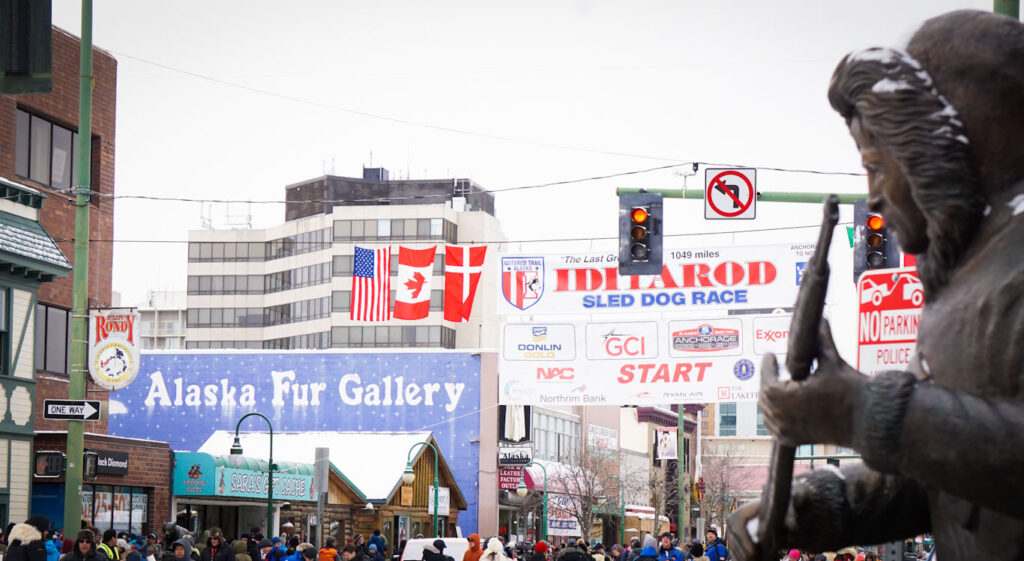
In the coming weeks and months, we’ll be releasing a series of episodes focused on the Iditarod. This iconic sled dog race takes place throughout Alaska each March, running from Anchorage to Nome. Mushers and their team of sled dogs battle challenging terrain, sub-zero temperatures and heavy blizzards in their attempts to reach the finish line in first place. Winners typically battle for eight to nine days in these hazardous conditions.
At A Life of Dogs, we were very fortunate to capture the magic of the Iditarod when we traveled to Alaska to cover the 2020 edition. It was an experience we will never forget – and we can’t wait to bring some amazing stories to you in our upcoming episodes.
Introducing the Iditarod
So, you may have heard about this famous sled dog race – but how much do you actually know about it?
In our first episode, you’ll learn a little about what makes this race so special.
Whether it’s the sheer amount of preparation it takes for mushers and their teams to succeed in this treacherous race, or the tradition of the ceremonial start in Anchorage, or to what some mushers describe as the almost spiritual experience of traveling out on the race route with a pack of sled dogs – there are so many interesting stories surrounding the Iditarod.
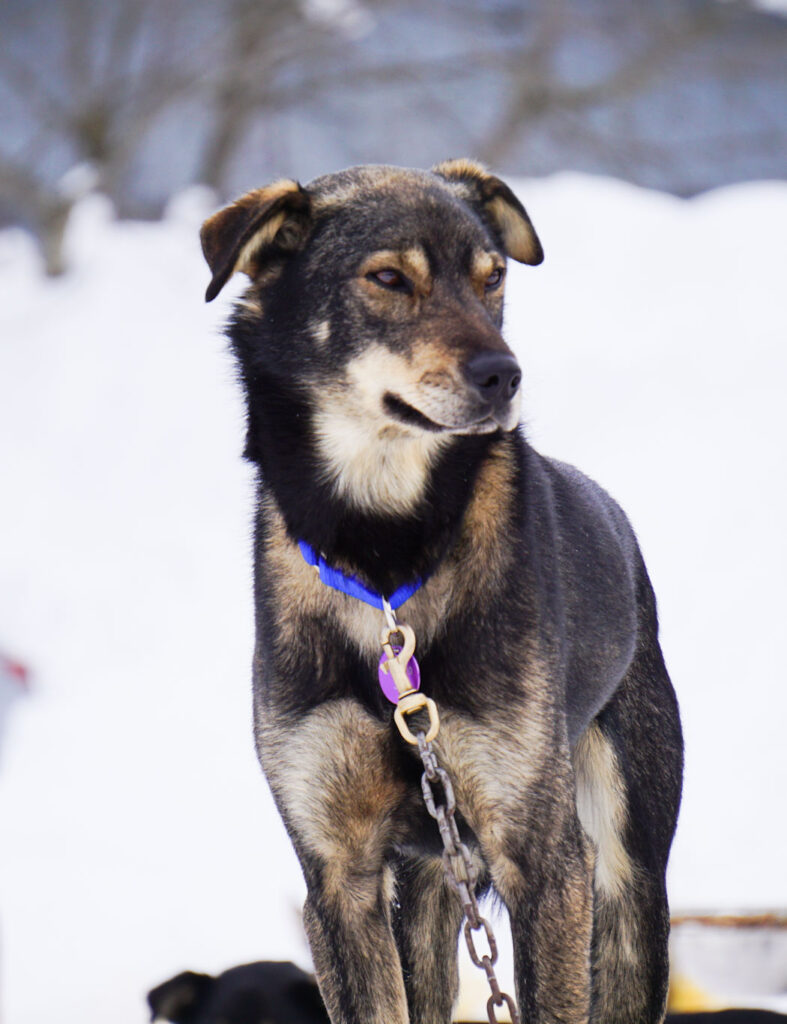
Musher interviews
Riding through the harsh Alaskan landscape with a pack of sled dogs isn’t for the faint of heart. As you may imagine, it takes a special type of person to compete in the Iditarod.
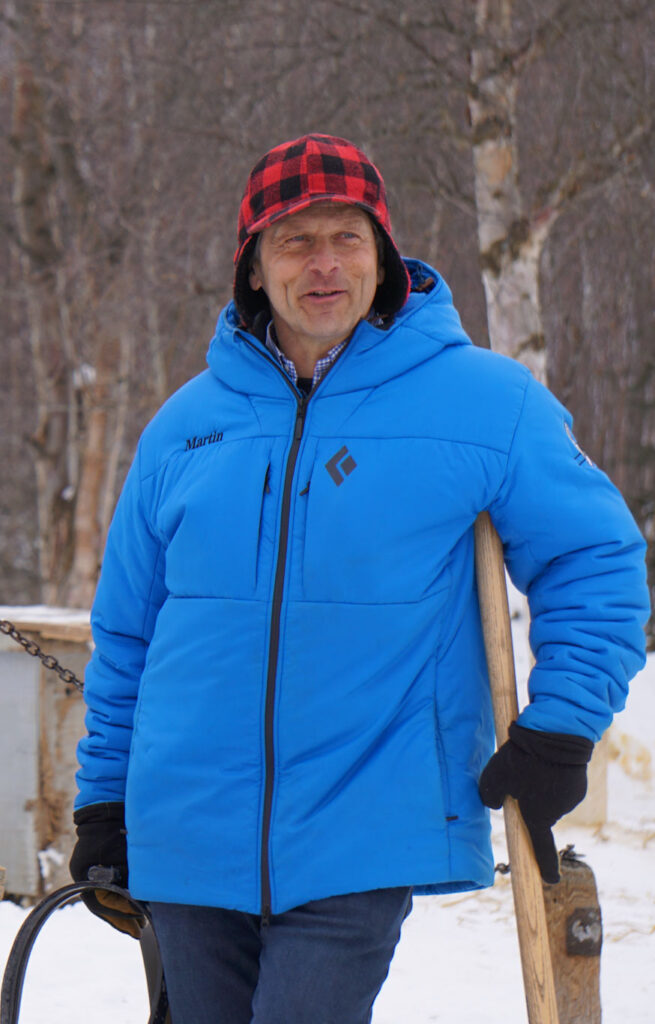
Even with this undisputed bravery, many mushers have to scratch from the race before its completion for a variety of reasons. Mushers may be forced to drop out if they sustain an injury or their sled becomes damaged beyond repair.
In the coming weeks, you’ll hear from some of the most famous names in the mushing world. They include the likes of Martin Buser, a four-time Iditarod champion originally from Switzerland. In our inaugural episode of this series, Buser offers an overview into the origins of the Iditarod.
In addition, we’ll be bringing you the unique stories behind many of the competitors in this year’s race – from seasoned veterans to rookies embarking on their maiden Iditarod voyage.
The importance of the Iditarod to Alaska
The event begins on the first Saturday in March with a ceremonial start in Anchorage. Mushers and their sled dog teams ride through the center of the city to the acclaim and cheers of locals, sled dog enthusiasts and visitors (and podcast crews!). This opening ceremony is a relaxed affair and a rare opportunity for the mushers to interact with spectators. The following day, the race is restarted at Willow Lake – and this is when the competitive aspect of the race kicks in.
The Iditarod holds an incredible amount of significance to the state of Alaska. Due to the climate and terrain, mushing and sled dogs have been a large part of Alaskan life throughout the state’s history. The Iditarod is seen as a vital link to the heritage of the state.
Sled dogs
Of course, the real stars of the show are the teams of sled dogs who lead their mushers through the Iditarod Trail. These dogs possess a unique mix of strength, speed and endurance, with an unwavering desire to run.

Many of the modern day dogs competing in the Iditarod are mixed-breed huskies, weighing approximately 45 to 55 pounds. A team consists of a maximum of 14 dogs.
As you’ll discover in future episodes, one contentious aspect of the Iditarod is the welfare and treatment of the dogs involved. On one side, PETA and other animal rights groups allege that the race is cruel; on the other side, mushers and fans of the Iditarod maintain that the event harnesses the natural, inherent abilities of these dogs. The Iditarod Trail Committee has stringent checks in place to monitor the health of every dog participating.
Look out for upcoming episodes!
This introductory episode is just the beginning of our coverage of Iditarod 2020. Remember to subscribe to A Life of Dogs wherever you get your podcasts so you don’t miss the next one!
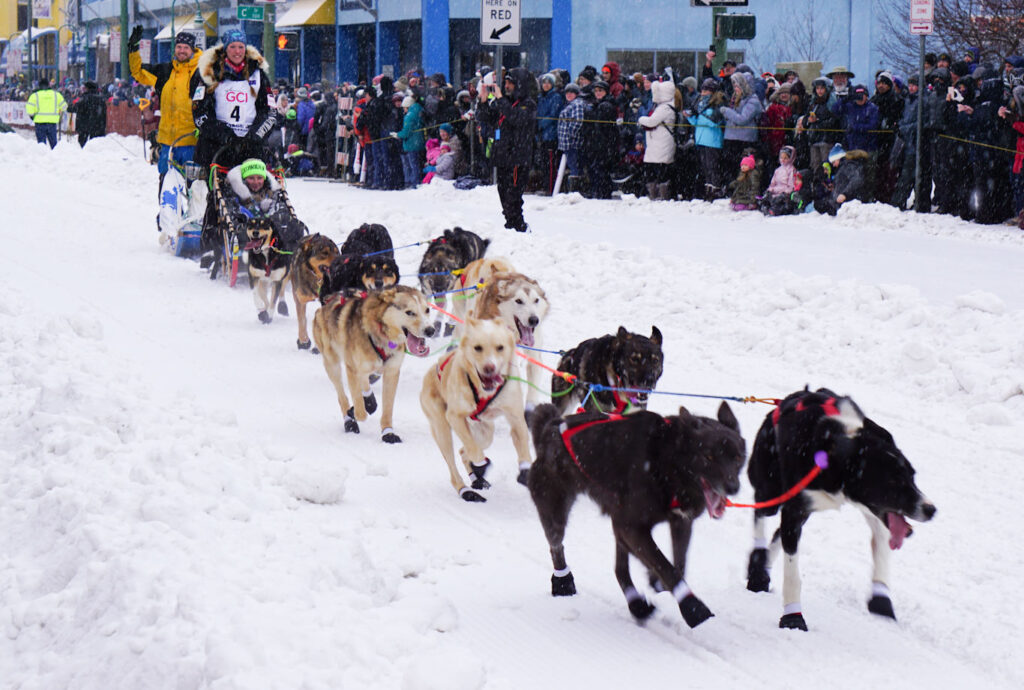
Podcast Transcript
Click ‘Show transcript’ below to read the transcript from this episode of A Life of Dogs.
A Life of Dogs Podcast – Season Two, Episode Four (S2, E4)
Episode Name: The Iconic Race of the North
Host
Jason Purgason
Guests
Various
Duration
44:06 minutes
Broadcast Date
October 19, 2020
Announcer: Support for A Life of Dogs is brought to you by Royal Canin. Royal Canin offers precise, effective nutrition for dogs based on size, age, breed, and to address specific needs. To learn more about Royal Canin, visit them on the web at royalcanin.com, and by Highland Canine Training, the industry leader in professional dog training solutions and premier canine education. Highland Canine Training offers turnkey solutions for everyone from pet owners to law enforcement and military organizations. Learn more at highlandcanine.com.
Man: It’s hard not to be a fan of the race if you really think about it and understand how it has evolved and how it has sustained itself and what kind of people are engaged. So you felt it yourself up in this community. I’m really honored to be part of it.
Woman: I recall one of those checkpoints three o’clock, four o’clock in the morning, I don’t know, and checking dogs and clear sky, full moon, and one of the dogs starts howling and then all the dogs start howling. That’s pretty cool.
Man 2: This is when the Corona virus was starting to pick up and we have no idea that that was going on in the rest of the world, and your emotional state is so up and down because you’re on limited sleep and it’s cold and you’re racing and you’re tired.
Man: And it was kind of a similar fashion to how I ran the Iditarod. I found out I was going to run the race one week before I ran it.
Woman: The freedom of just you and dogs traveling through unmarked territory is such almost a spiritual feeling. And I guess I say spiritual feeling because I think it’s a God-given gift to be able to do so. I mean, how many people even could dream of doing that, much less have that opportunity for years. I just feel so blessed, and part of it is I have such great respect for the people of Alaska and you talk about a difficult environment to come into and to pursue your dreams in. This is a difficult environment, and yet together with dogs, they accomplished an amazing amount and I feel like I am involved in living history when I get to share that.
It’s early March in Anchorage and its bitter cold. Not record-breaking cold, but still well below freezing and snowy. Planes are busy overhead and the city is bustling with traffic. There’s an energy in the air that is as prevalent as the cold, biting wind. Something quite remarkable is about to happen on a scale that no one can really yet understand. From a life of dogs, I’m Jason Purgason, and this is the iconic race of the North.
Martin: The sled dog sport is what I call a 9,000-year evolution of co-habiting this earth with sled dogs. National Geographic just concluded the carbon dating on some digs, archeological digs in which they prove that sled dogs had been deliberately bred for performance 9,000 years ago. Now we’re not talking domestication. We’re not talking just having the ore wolf become a family member. We’re talking what they described as deliberate sled dog breeding, meaning the nomadic or semi-nomadic people of the Siberian peninsulas; they deliberately bred dogs for their cohabitation, meaning those dogs pulled sledges. The sledges were big and loaded with their earthly belongings. They were not yet riding the sleds because evidence shows that the runners were upturned on both sides of the sled, ergo you couldn’t just ride on it unless you were sitting on it, which is possible.
Freighting then started to give way to the survival dogs, meaning people were more sedentary and supplies needed to be delivered to the outposts as far as your imagination. All that, of course, in the Arctic and the difference between horses who only have been utilized for 6,000 years, they have excelled in the warmer climates, whereas dogs because of their physiology have surpassed anything else in the Arctic climate and not being able to perspire is one of the main reasons they have evolved like that. After the freighting millennia, literally hundreds of years of freighting supplies into the most remote places, then of course the gold miners were a little bored in the winter time because the ground is frozen. You can’t do a lot of digging in the ground when the ground is frozen so they started to have dog races to pass the time. Not only driving races, but betting on races and so it became a pastime of the North to follow the greatest dog drivers and the greatest dogs, and that’s where we are now. We just simply have taken that sport of the early 20th century and beyond. We have taken that sport and selectively bred and helped evolution to a super dog that we now simply lump together on the term of Alaskan Husky. Most of your listeners might be familiar with the Siberian Huskies, which is a pure breed. They are the dogs that would be representing the 1920s. They were often direct imports from the Russian peninsula, ergo the Siberian name. The Siberian Huskies were typecast as a pure breed, and because of that, they still have to look like the 1920s.
A good example for your listeners would be in the same era, the Model-T Ford happened to be the fastest car. Nobody made a standard for automobiles that’s how they have to look or drive, whereas any dog breed that gets typecast has to stagnate because you’re no longer letting evolution evolve. You’re stagnating, you’re stopping the evolution. And if the clock is your judge, you don’t care whether you’re brown, black, white, or polka-dotted, and that’s where the Alaskan Huskies are. A term I use a lot to describe my dogs because it’s hard for people to look at them and say, well, what are these dogs? I often say, they are like a term you probably know – Americans. And then people look at you and say, yeah. Of course, we don’t care whether you’re black or white or polka dot. What matters is the intrinsic values, your physiological makeup, your morphology, the way you move down the trail, way, way more important than whether you have blonde hair or polka-dotted hair. So that gives people a bit of an idea of what the Alaskan Huskies, which is 99% of all the competitive teams are made up of those dogs. That’s what those dogs are.
Jason: That’s Martin Buser, a legend in the dog mushing world and 4-time Iditarod champion. Martin came from Switzerland and has run 36 Iditarod’s. During our time in Alaska, we had the opportunity to get to know more about Martin and we’ll share more about him later. Each year on the first Saturday of March, an amazing event takes place starting in Anchorage. Many of you know it as the Iditarod Sled Dog Race. We had the fortune of covering the 2020 Iditarod and it was truly an experience like no other. This event and all it entails is indescribable. However, over the next few episodes, I’m going to try to bring you the story of the race, but first we’ll need to rewind several months and learn more about the people who compete in this more than 1000-mile journey, and what it takes to prepare for such an endeavor. We start with Wade Marrs, a 10-time competitor, top-5 finisher and the owner of Stump Jumpin’ Kennels.
Wade: Well, my mom and uncle used to train dogs with me strapped on the wheelers with a car seat, and then mushing. Ran my first two-dog race when I was 5 years old and running few dogs since I was probably 4 years old. I got my first race dogs when I was about 10 years old. I ran my first race on my own was the Goose Bay 120 and the junior Iditarod in 2007. The name Stump Jumpin’ Kennel didn’t come to fruition until probably around 2010, 2012 but the kennel has been building ever since about 2007. I’ve ran the Iditarod 9 times now. My first one was in 2009. I was 18 years old. Ran it as early as possible and I took a couple of years off after my first one and started back in 2012 and have ran every race since 2012.
Anna: My name is Anna Berington and my twin sister and I, Kristy we grew up in Northern Wisconsin, probably about as far north in Wisconsin as you can get. We had pet dogs and cows and horses and chickens and things just on a farm growing up, and our neighbor had sled dogs. So that was our first experience with sled dogs and we’d been fans of Gary Paulson’s books and Disney movies and things like that and the outdoors. So that’s how we first got our feet wet, I guess, with sled dogs being able to run and work with our neighbor who had sprint racing dogs, which was quite a bit different than what we do now.
Kristy: This is Kristy. I first moved up here in 2007 to kind of scout it out and then shortly after that, we both moved up here. When we were kids, we were involved in it as much as we could be, and when we graduated, we both joined the Army National Guard and did some school and took a small break from it, but felt that yearning to go back to it. And after our commitments with school and the military, we found ourselves in California working at a Sundog tour place, which eventually brought us to Alaska to look for dogs to purchase for that touring outfit. And we met Iditarod Campion Dean Osmar and he was looking for a kennel help. They’re called handlers when you work for a kennel doing basic chores and exercising the dogs, so he offered us a job right then and there and we’ve been up here ever since. At the time, we were living in a tent in the Sierra Nevada mountains, so we packed everything up on our backs and have called Alaska home ever since. Got a one-way ticket.
Anna: This is Anna. I’ve run 8 Iditarods and Christie has run 10 Iditarods, and then she’s also done the Yukon Quest, which is another 1000-mile race that gets started February 1st, but we’re not in that one this year, but it’s in the back of our minds for the upcoming next season.
Jason: That was Kristy and Anna Berington, identical twin sisters who own Seeing Double Sled Dog Racing, a kennel with over 50 dogs. Kristy has been running the Iditarod since 2010 and Anna since 2012. Up next, we hear from Kaci Murringer, a native of Michigan and one of several 2020 rookie Iditarod mushers that we spoke with.
Kaci: Where I grew up in Michigan, they have a dog sled race called the UP 200, and the trail goes right behind my old house where I grew up in when I was a kid. Always loved dogs, always love winter. And one year I just said, Mom, Dad, this looks fun. And they found a musher in the area and I went and tried it out. Did my first race when I was 7 years old. Two-dog, I think it was like a mile or so; a little fun race. And the guy said, all right Kaci, what you have got to know is don’t let go of the dog sled, and I thought, well, why would that be an issue? I’ll stand up straight and sure enough, flipped over and got dragged for about half of it and never let go. And the guy came out, got me right-side up said, good job and I went on to finish the race. Come a long way since then.
Jason: So you did half the race flipped over?
Kaci: I think so, yeah. Or at least pretty close to that. I couldn’t quite figure out how to use my feet to pop up, but we’re good now if that happened. And then two years later, I got my kennel started with my first few sled dogs and took off from there. And now 20 years later, I believe we’re up here signed up for our rookie Iditarod, so it was good to finally be coming full circle.
Jason: This annual race, often termed the Super Bowl of Alaska, requires an enormous amount of training and preparation. For many mushers, the work to prepare for next year’s race begins as soon as this year’s race is over. Here’s Wade Marrs again.
Wade: Yeah, there’s definitely a lot of work. So we’ll probably the biggest work dubs are the training of the dogs obviously. We’ll train them between 20 and 100 miles a day. They’ll put on about 2000 to 3000 miles of training runs before the race ever starts. And then also starting the food drops for the race itself. We’ll send out about 2000 pounds of cut up meat and kibble and stuff like that for the dogs to eat along the trail so that’s a lot of work too. I almost immediately put in my order for the booties. Dogs all wear booties on their feet. We’ll send about 3000 booties out on the trail for the dogs to use, so we’ll order those up right away and get those matched together and bagged and ready for next year and try to get done as far ahead as possible so when training season comes, we can focus solely on training as much as possible.
Anna: Oh yeah, there’s about 20 checkpoints along the trail that we’ll send gear to, and you send out about anywhere between 2,000 to 2,500 pounds of stuff to the checkpoints, and the stuff is dog food – a lot of dog food – dog booties, runner plastic, extra socks and gloves for the people, people food, more dog food, gloves, socks, batteries, other gear for the dogs. We send out dog blankets and the dogs will wear; besides the booties, they wear coats. They have the little powder skirt for the coat. They have these sleeves that they sometimes wear and we send out massage liniments and so it’s all those things. That stuff is sent out about two weeks before the race starts, so you have to have somewhat of a plan of where you want these things, and certain parts of the race have a reputation of being extra cold, extra bad weather or things like that, and you know there’s certain long runs that you need to prepare for where you’re going to camp out, where you’re going to want to extra, extra things. So you sit down and you plan all that out and leading up to it is a lot of meat cutting. We cut a lot of meat. So we buy all our meat in about 50 pounds blocks, and we cut that into small pieces about the size of a loaf of bread. I compare everything to people food. A slice of bread and the snacks are about the size of a Snickers bar. Just different kinds of meat. We send out fish, beef fat, beef, chicken, tripe, horse, lamb, lots of chicken skin, beaver, lots of different food.
Wade: I do scheduling for the race so I can stick to the schedule on the trail and training and stuff. So I’ll start writing that as soon as I finish the Iditarod while it’s still fresh in my brain. I’ll jot down a schedule for the next year’s race while I’m remembering all the different things that I thought of out on the trail. Usually we replace our sled every year and get that ready, so we have to build a new sled.
Kaci: Yeah. I literally just bought all the pieces today when I was in town so we’re going to start building that here this evening and get it ready for Iditarod. Basically, going to model his exact sled design, and actually do a race with it. It was awesome. Handled really nicely so I had to buy the sled runners from a specialty store up in Fairbanks, Alaska that sells them. And then I went to a welding place and bought aluminum stanchions and the framework for my sled. And then I had to go to a plastics place to get things like the handlebar and the brush bow and the sled basket bottom that I am going to put my gear on top of that will support it. A few different places, but thankfully Matthew’s a handy man. We’re going to pretty much custom build all of our parts and pieces to save a lot of money because typically a sled, if you were going to buy it outright, it’s usually around $3,000 up to $6,000 sometimes, but we’re probably going to build mine for $1,000, maybe $1,500.
Anna: Oh yeah. We did build our sleds and have been maintaining them since. Sometimes we’ll get a little help from the flood builders around here to update some things, but when you build your sled, it’s a lot easier to fix it if you bust it out on the trail, so that’s good knowledge to have and we have to build all our dog houses. We mix liniments and massage oils for the dogs, so those are the things we make. We’ve made special treats for the dogs before and my mother-in-law can sew anything, so she’s really great about doing stuff for our dog coats and the sled bags and the sleeves and everything else that the dog wears. But we do order all our booties from our favorite local mushing supplies store that has them because we use so many. It just takes so long for an individual to make 4,000 booties, and that’s just for Iditarod. We do a lot of middle-distance races and training that we use booties in. We wash them and reuse them, but they eventually wear out.
Jason: In addition to preparing food, equipment and supplies for the race, it’s important to keep in mind that there’s lots of work that goes into training and caring for the top athletes that will actually move the sled. Teams also have other hurdles to conquer before entering the Iditarod. We’ll learn about all this and more when we return, so stay with us.
Announcer: Royal Canin delivers precise nutritional solutions so your dog can perform at their very best level. The individual health of every dog is as unique as they are. However, these health needs are often characteristic of their size, breed or lifestyle. Each individual recipe is formulated to deliver the exact level of natural antioxidants, vitamins, fiber, prebiotics, and minerals that are essential to your pet’s unique health needs. Discover how Royal Canin products can help every pet enjoy its best health possible. To achieve a perfect balance of nutrients for each dog, they rely on an extensive network of canine experts across the globe including veterinarians, universities, dog professionals, and their own research and development center in France. Royal Canin helps your dog’s train and perform at their full potential. To learn more about Royal Canin, visit them on the web at royalcanin.com.
Announcer: Highland Canine Training offers affordable and proven dog training solutions to resolve even the most difficult of dog problems. Founded in 2006, Highland Canine Training also offers quality working dogs to meet the increasingly demanding requirements of today’s military and law enforcement agencies. In addition, they offer first-class canine education programs at their school for dog trainers. So far, they’ve hosted students from over 30 different countries. The school for dog trainers offers affordable financing and accepts GI Bill and VA benefits. The service dog training division at Highland Canine Training develops and trains some of the best service dogs in the industry and offers worldwide delivery. Their commitment to customer service and support continues to set them apart from the competition and makes them a leader in the industry. Visit Highland canine.com or call (866) 200-2207 to learn more and see the difference
Martin: Because we know the involvement, the commitment, the year round daily, not only time and financial-wise, but lifestyle wise commitment that it takes, we’re very, very cautious in not having people fall into that lightly because it’s such a huge commitment. Anytime you work with living things, you have to be there all the time. Then if we cannot talk them out of it, of course I do my absolute best to be a good teacher, a good mentor, a good coach.
Matthew: It’s kind of a weird role reversal. I never really thought that I would be a mentor, so it’s flattering to have if she called me that because my buddy Martin Buser who is like the Dale Earnhardt of our sport up here is Martin Buser. He’s a four-time champion. He’s in the Hall of Fame and he taught me and now I’m at a point where I can take his teachings and then pass them on to the next generation, which is kind of cool. She’s an awesome dog musher. She’s very patient with them, very loving with them. She is a hard, hard worker. I’ve never heard her complain once. She has never asked for a day off. I mean, if you own a business, that’s the type of employee you want. Someone who’s ready to go to work every day and this is what she loves to do and she’s been dreaming of it since she was little, so I’m really happy to be able to provide her the dogs to go down the trail.
Kaci: It might sound like a common-sense thing, but we’re always just saying go have fun. If things get rough, don’t let it get you down. Just look at your dogs and how amazing they are, and just keep moving on.
Jason: This commitment, and more importantly this positive attitude, is vital to making it through the Iditarod. A lot of work goes into raising and training these extreme canine athletes. We return to Wade to give us an idea of what this is like.
Wade: The dogs we use are called the Alaskan Huskies, which are just a fancy word for a mutt. They’re just mixed bred dogs. Back in the day, they took the more tough fluffy Siberian type of dog that is built for the outdoor elements and they mixed those with different kinds of hounds like Greyhound, Wilkies, Pointers, dogs like this. And eventually it came down to a nice, even breed between them to where we have the high energy and high attitude of the hound, but we still have the toughness and the endurance of the Husky so they can handle the outdoor conditions and they can travel much faster. Some people today still use the traditional purebred Siberian dogs. Those guys are usually three to four days slower than the Alaskan Huskies, so the mixed breeds came out a lot better. They have great health and longevity. So they’ll start training for their first time at 6 months old. That’s only about half mile to a mile run at a time. With some older dogs, they’ll start coming into shorter races, 150, 200-mile races as yearlings – year and a half old. Two-year olds, they’re very solid for middle distance racing. Every once in a while, but rarely a two-year-old will make the race team for the Iditarod. We try to start them mostly in the competitive side of things at three years old, because that’s when they’re more fully developed physically, and then they retire usually between 8 and 12 years old, which is a pretty long working life for the dogs. On average, they live till about 17 years, I would say.
Anna: We have 40 dogs that are in training and some of those are our younger dogs that are essentially trying out for the team and experiencing all their first races and just getting a grasp. They’re like a freshman/JV dog, but they’re also our bench warmers in case of somebody who’s ill or a female comes into heat and causes a huge distraction on the team. We opt to leave those ones at home in a case like that, so they’re training for it, but definitely not on the dream team yet. Next year they will be prime time. It’ll be exciting to put those guys on the varsity teams. When it comes down to picking each of us our top 14 dogs, that’s going to be hard to only pick 14 because we’ve got a lot of really nice dogs to work with.
Jason: Yeah. That was my next question. How hard is it to get it down to the 14, and when is the final decision made? How do you approach that?
Anna: It’s a slow process, but Iditarod has a lot of qualifications for the dogs to even run the race. The first thing they go through is blood work and an EKG so you can submit 24 dogs for that whole process. And then a week after that, you have to submit 20 dogs for a physical health check so they force you to slowly whittle that number down.
Wade: I guess the process starts as puppies and the number one thing with puppies is socialization, making sure that the puppies love interacting with people and are good interacting with people and interacting with other dogs and stuff like that. So that’s where our process begins and those two things are very important. We’ll have veterinarians on the trail and volunteers and stuff that they’re gonna be interacting with constantly. A lot of the kids from the villages come running out to say hi to the dogs, so that’s the number one thing that we look for in the dogs early on is just human and other dog interactions. And then as they get older and start running on the team, next attribute that we look for is attitude. Attitudes are very important for ones that just want to do it and love to do it. Very rarely these days, but every once in a while, we’ll find one that just is not interested in running, and usually those guys become a house potato somewhere or a couch potato somewhere. But most of the dogs these days just absolutely thrive on running in the team so that’s the next thing we look for as we’re training them as young dogs is just their attitude and their love for doing it. As they get older and start leaning towards making the race team, a little bit more comes into play. Athleticism – the dogs have to be able to run at high speeds, 17 to 20 miles an hour, and then they have to be able to continuously move smoothly at 10, 11 miles an hour for long, long distances, and so we look for that kind of thing with the athleticism and the endurance on the dogs.
Appetite is a huge thing for our team because on the race they’re eating 10,000 to 12,000 calories a day, so they have to just really love to eat and put food down very quickly, and so those are some of the things we look for. Obviously make sure that the dogs are hardy and built well, have a smooth gait. That way they don’t get sore wrists or anything like that. If the dogs are getting sore, then they maybe can’t handle the speeds we are going or something like that. So if the dog doesn’t fit into the race team from the B team and usually they’re just a little bit different style than what we prefer in our team, a lot of us mushers will sell or trade each other dogs that might fit better with their team versus our team, and that works out really good because the dogs still get to do what they love. And they get to a place where they fit in good and are going to perform well and excel.
So that’s kind of the processes going through from puppies into race team, and then once they’re ready to finish with the race team, you can kind of tell by both their attitudes again and their eating habits and also their performance on the trail. So if they’re starting to slow down a little bit on the runs, then obviously they may be getting a little bit too old to keep up with the pace, or if they’re stopping eating, then maybe they’re getting too much exercise and it’s taking their interest off of food, or obviously if they’re acting pouty or sad that they have to run, then maybe it’s a little bit past their time or something along those lines. You can see it in the dogs’ very well that they’re ready to end their career or be done running, but you can tell when they’re ready to go to. Some of the old dogs, their attitude never changes, but you can see it in the performance.
Wade: There are 18 of them that are training on my main race team, and most likely I’ll start with 14 of those 18. And then we have about 14 that are training on a B-team and most of those guys are one and two-year olds and a couple of older dogs that don’t need the harder training as a race team does. So a couple of those older dogs might come back into the team for Iditarod, but we have a second driver this year who’s training up that second team and he’ll be running them in a couple middle distance races getting qualified for Iditarod next year. We start pretty late in August. We start just kind of like you would as a human athlete. We start very lightly in August with like 3 mile runs and stuff like that, and slowly build them up with 5 and 10 until eventually we’re training between 20 and 100 miles a day. In training, we’ll do camp outs 200, 300-mile camp outs and kind of simulate our race and stuff like that through those camps. In the summertime when their time off is, we give them between a month and two of just relaxation and recovery time to make sure that they all come back 100 percent from anything, and then we start free running them loose and running them in the swamps and playing in the marsh. They love running down in the water and cooling off on hot summer days, so we’ll do a lot of that kind of training with them in the off season.
Jason: As I found out, entering the Iditarod Sled Dog Race is far more involved than just signing up and showing up on the day with a team of dogs. Each participant must run a number of shorter races prior to the Iditarod in order to qualify for the race.
Anna: Yeah as a start, 750 racing miles, so they ask you to do two 300-mile races, at least that distance. So, for me that was the Copper Basin 300 and the Kobuk 440 race, and you need to have one race of at least 150 miles so I did the Goose Bay 150. But not only do you have to finish all those races, you have to have race judge and race ushering approval saying that, yes, you rode on a trail and you were able to take care of your dog and yourself out there in the wilderness of Alaska, just to make sure when you get on the actual Iditarod trail, you’re prepared and you know what you’re doing out there. So, it is a process, but they do it for very good reason.
Wade: So before you run the Iditarod for your first time, you have to qualify and you have to run 750 miles of qualifying races, so two 300 mile races and 150 mile race or 200, and those races take place anywhere from December to April all over the state. There’s quite a few of them in the lower 48 and in Canada as well that people use for qualifiers. Once you run the Iditarod, you’re permanently qualified once you finish unless there’s a special committee that can review you and say you need to requalify under certain conditions. But once you’re competing in and finishing the Iditarod, you’re permanently qualified, but each year we will compete in other races sometimes for purse money and sometimes just for fun, and the dogs enjoy getting around other teams and going to new places so we’ll sign up for a couple other races every year, just for those experiences.
Jason: I had the fortune to spend months getting to know more about what the Iditarod Sled Dog Race was all about. From the mushers to the dogs, all the volunteers and everyone else that makes this event happen, it truly is a massive undertaking. One odd fact that demonstrates this is that crews often spend an incredible amount of time hauling in dump truck loads of snow to cover 4th Avenue and the other streets of Anchorage to ensure that the ceremonial start takes place.
Kaci: Nope, that’s real. They’ll haul dump truckloads of snow a few days before the race or they’re making it so we can run through downtown Anchorage and other year when it was such low snow, they had it hauled in by rail car from Fairbanks because they needed to do some sort of ceremonial start here in Anchorage. That’s one of their preparations for Saturday, that day is to get something for us to run on in town. Like where we live, there’s more sled dogs than people, and we don’t have Super Bowl or professional teams for anything so it gives people in the state something to follow and rally around and it’s a really fun time of year. The frivolity that happens with the sprint racing and Iditarod, it’s just a great time. There’s so many races up here to do that you can travel from where we’re at within 360 miles, you can get to almost every single race that Alaska holds, and then if you’re in the Midwest, if you want to go all the way out to Montana or to Colorado or any place like that that has a race, it seems like more of a trek and there are just so many other mushers around here that it is a community and it has a very historic hold out here that there’s a lot of old timers that can tell you how it was and they will help you out with things and see all these trails and places. It feels like the place to be if you want to professionally pursue dog mushing.
Jason: It’s the Super Bowl of Alaska.
Anna: It is, yeah.
Jason: This race is a spectacular event to experience, even as a spectator. As a competitor, even more so. Kaci, the rookie explains, and she also expresses her desire to become part of an elite club.
Kaci: Yeah. Every rookie musher that finishes Iditarod, they give you a belt buckle and you become part of the Iditarod Finishers club. It’s a pretty elite club. There are actually more people that have been the top of Mount Everest than have finished this Sled Dog Race, so I’m looking forward to being a part of that as well.
Jason: Being a musher and competing in the Iditarod is incredibly time consuming, expensive and demanding. What has been covered in this episode is only a fraction of the work and commitment it takes. So, some may ask why do they do it? The answer is pretty simple, actually. It’s for the love of the dogs and to continue to allow these dogs to do what they love. When the Iditarod is mentioned, most people immediately conjure up images of Balto or Togo, and think of the serum run that saved the people of Nome in 1925. But as Kaci explains, the race has more to do with Joe Redington, Senior and a commitment to save the Alaskan sled dog.
Kaci: And then we get a lot of misconceptions too about Iditarod and the connection to the serum and people always go, why didn’t you talk about that? What about Balto and all this? The Iditarod was not actually created for that reason. A guy by the name of Joe Redington, Senior, he’s the father of the Iditarod is what they called him. He noticed back in the 1960s that the machines, the snow machines were actually replacing the sled dogs up here for transportation. He didn’t like the thought of that at all, so he came up with the Iditarod Sled Dog Race to keep those sled dogs around and keep that traditional alive up here in Alaska. Today, actually dogsledding is the official state sport up here so the Iditarod while it does cover part of that serum trail from Ruby to Nome, it wasn’t actually created to commemorate that run at all.
Jason: I want to thank you for joining us for our first episode covering the Iditarod Sled Dog Race and how that you’ll subscribe to hear our upcoming episodes that guarantee to deliver some spectacular stories from the trail.
Marcus: They want to kill the Iditarod and they’re experts at killing. There’s no question about it.
Jason: In our next episode, learn about the controversy surrounding the race and what it takes to care for these special canine athletes. Until then, we leave you with Redington’s Run by Hobo Jim Varsos.
[Hobo Jim Varsos singing Redington’s Run; 41:42 to 44:00]

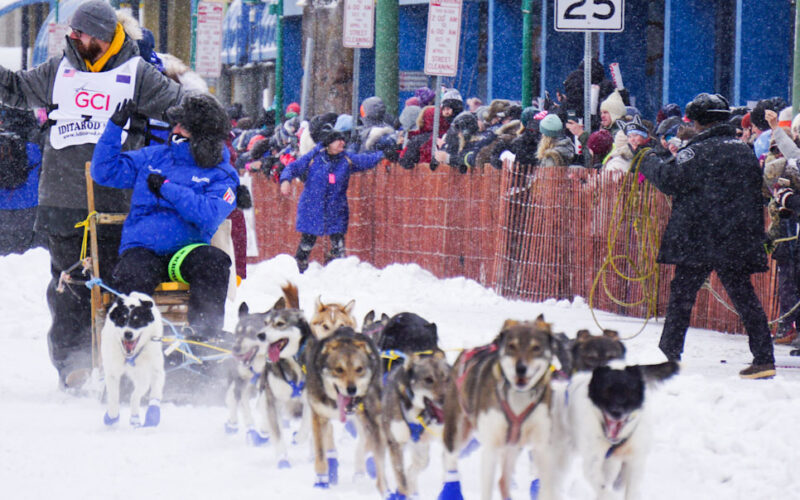
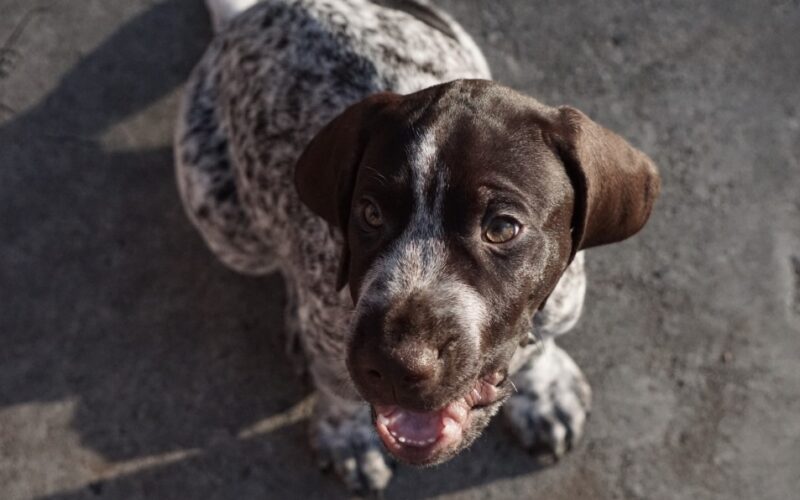


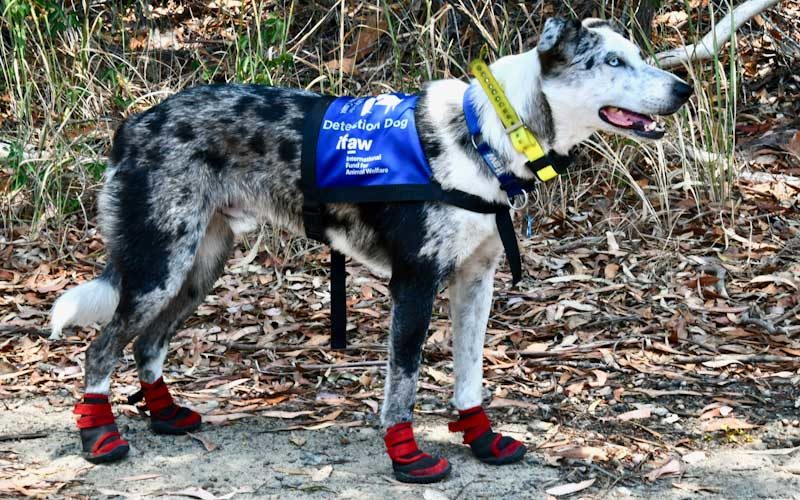

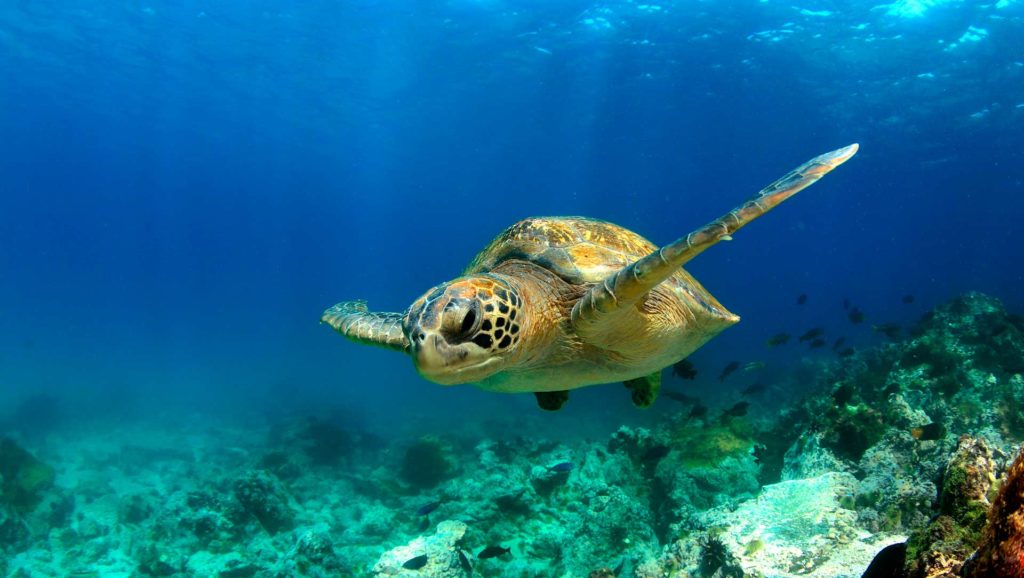

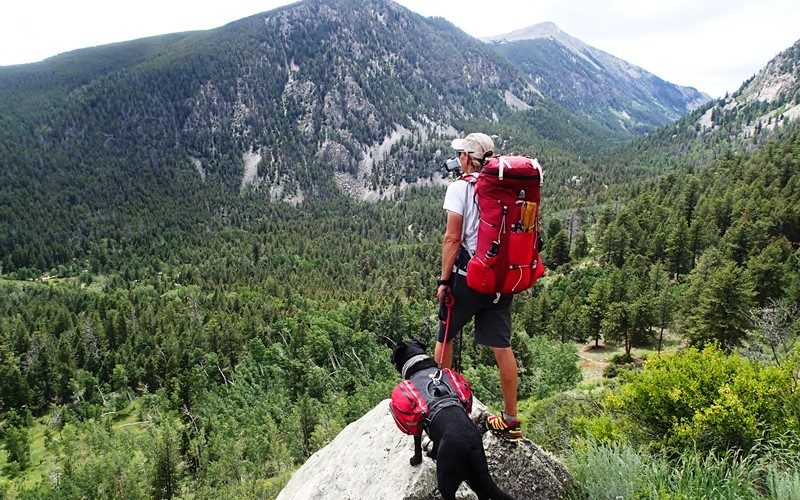
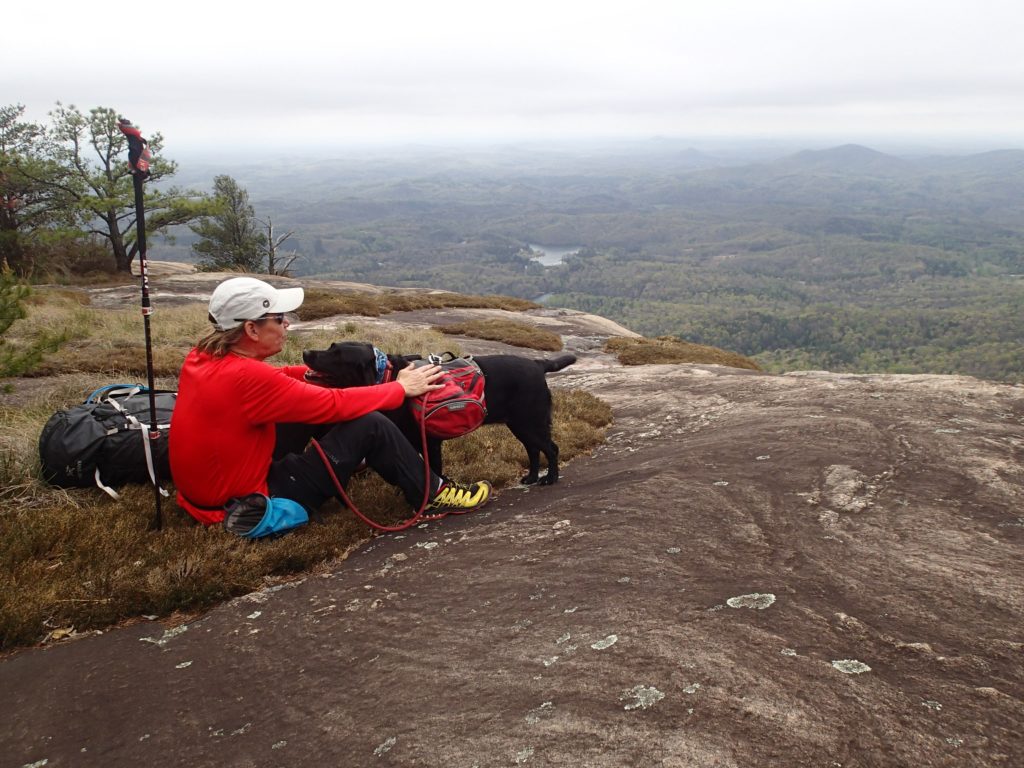
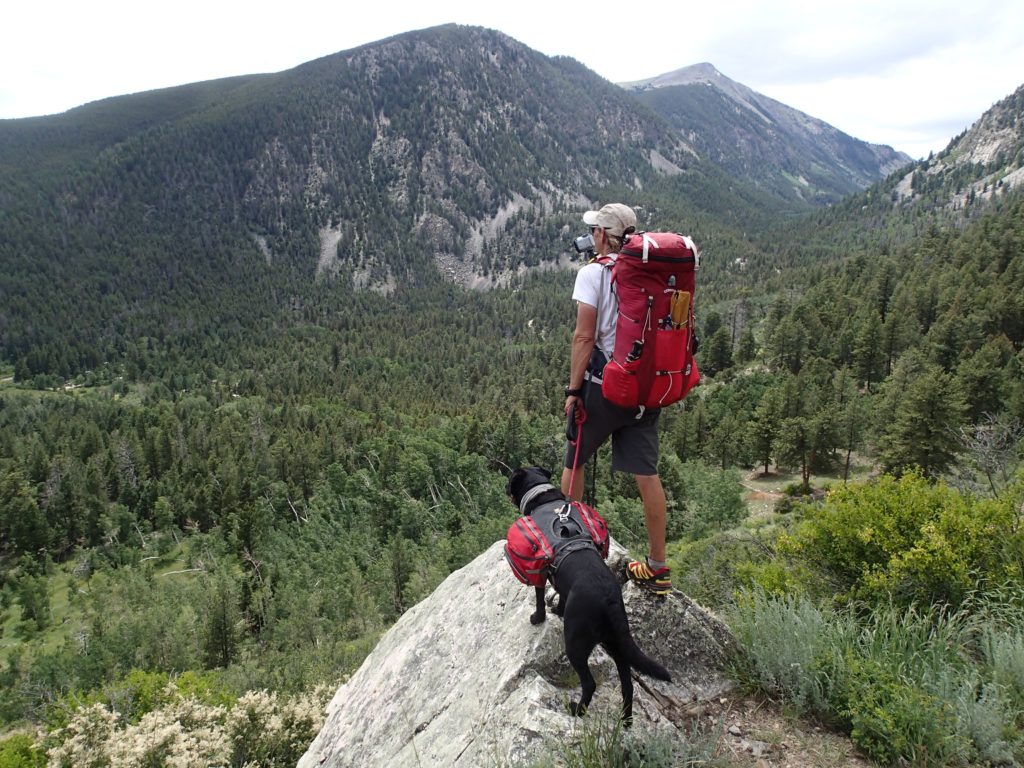
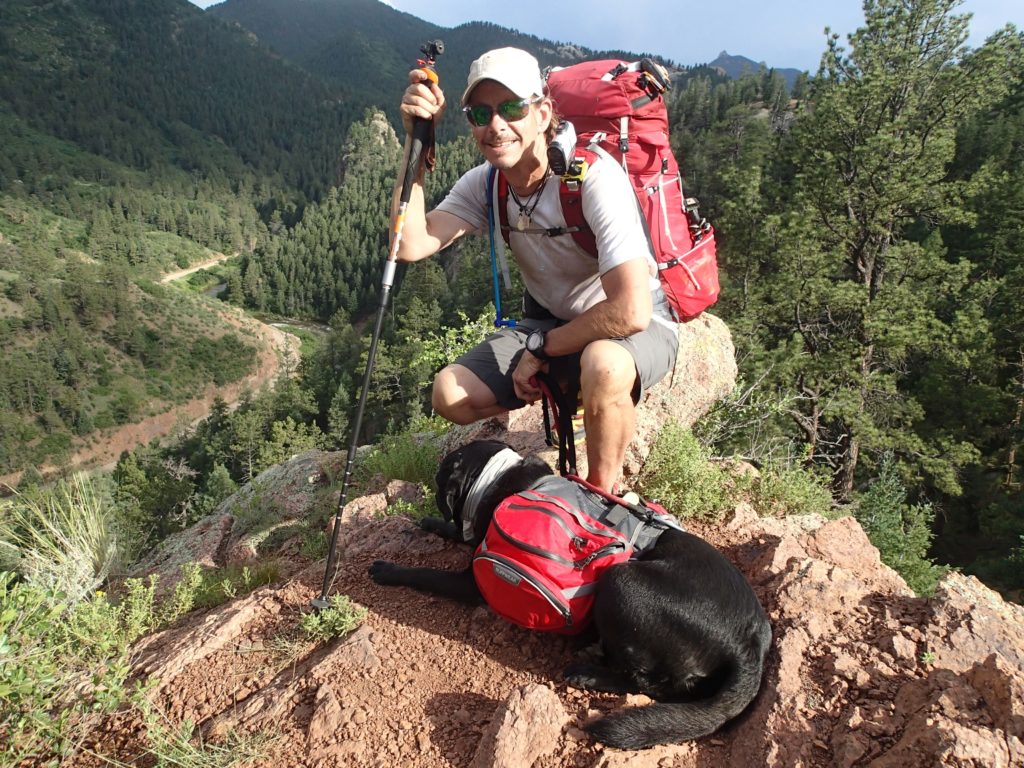
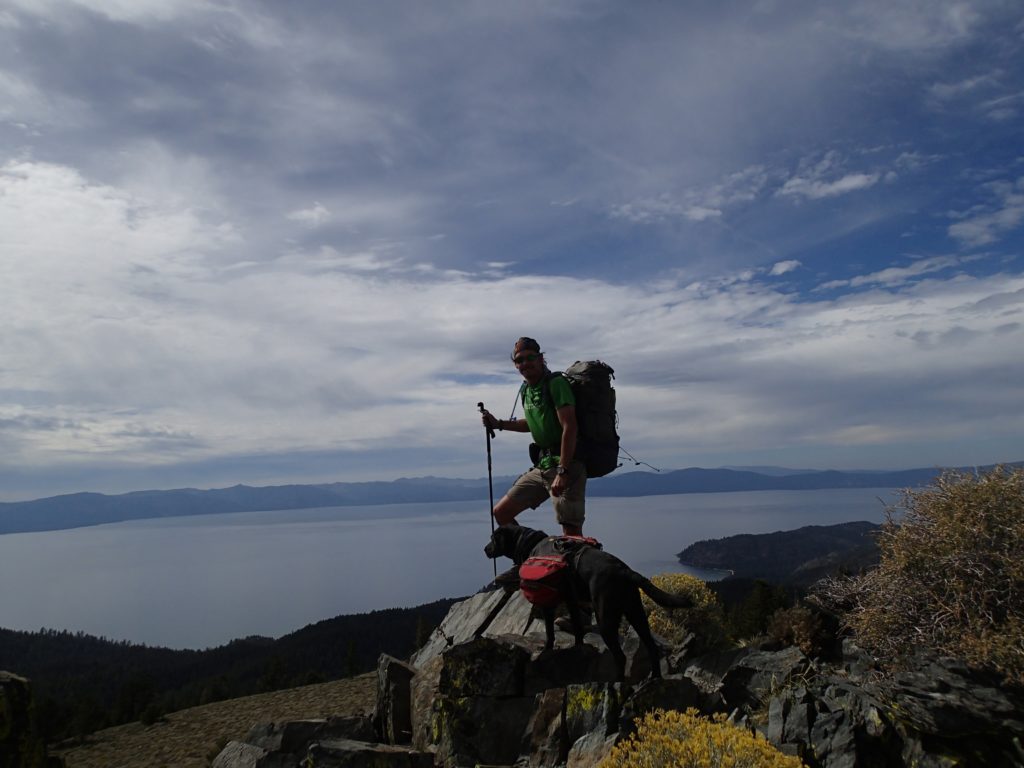
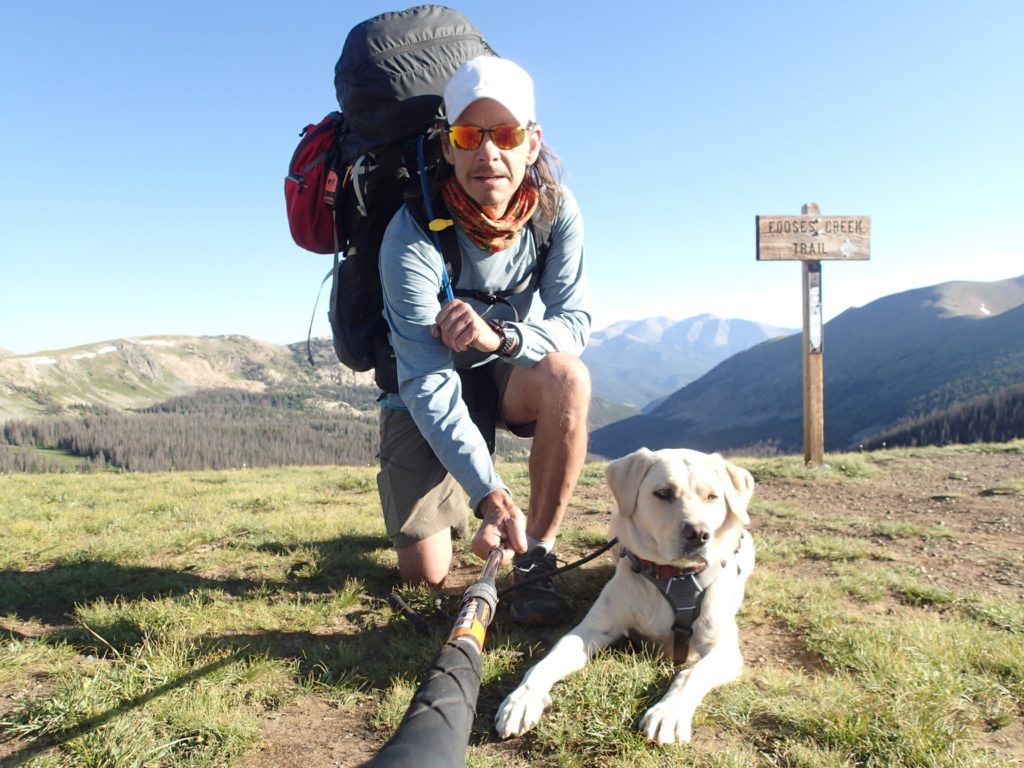





Recent Comments